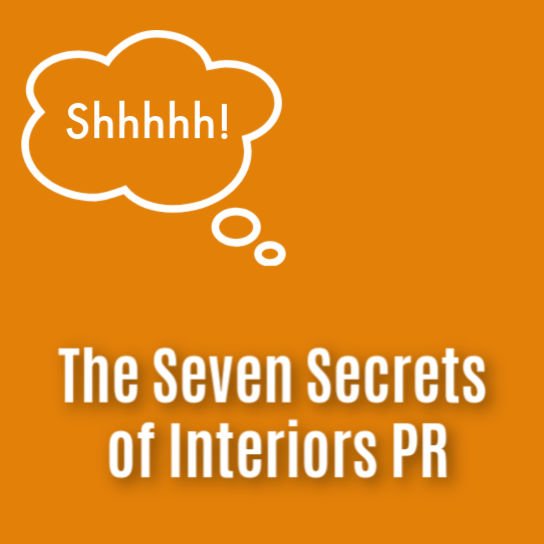You may have heard it said that there are only seven types of story in the world. And that every story we read or every film we watch, is just a retelling of one of those types.
Well, the same is true in interiors PR. There are seven different ways in which you can have your products featured, everything else is a re-working of one of the seven.
Here are the seven basic ways your products can feature in the media.
1. Product News
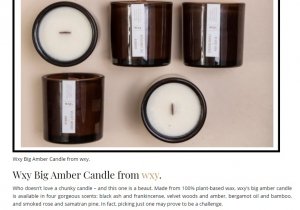
Most outlets feature product news in some form or other and this is your opportunity to get your new products seen.
They may simply be called ‘Product News’ or have more creative titles like: ‘What’s Hot This Month’ or ‘Things We Like’.
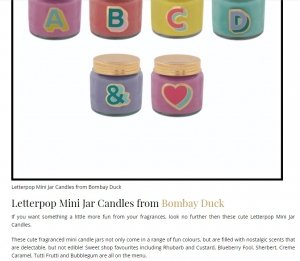
The format of this style of editorial, as can be seen above in the examples from Homes & Antiques and ElleDecoration, is to feature an image of the product, alongside a few words about what makes it newsworthy.
Product news is a great way to showcase new products and collections. As well as images and product info, purchasing details such as the price and website will also be included. Online this means customers are only one click away from a purchase.
To push your products into the news sections, you need great imagery, a digital news release, and of course the name and contact details of the person responsible for compiling the page.
2. Sections
Sections are like mini-magazines dedicated to key interior aspects: Flooring; Bathrooms; Kitchen; Wallcoverings… etc.
They are usually headed by section-editors who are always on the lookout for great imagery, case studies and products which fit the bill, as well as professional hints, tips and forecasts.
Again, you should expect to see your purchasing details alongside any mention of your products and brand.
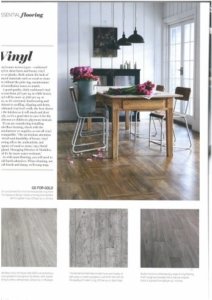
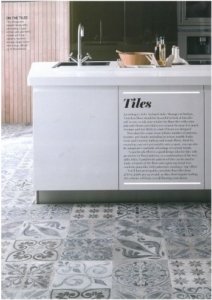
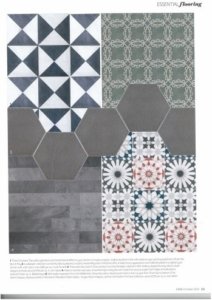
3. Profile pieces
Profile pieces give you chance to tell the story of your brand, as they are not so much about the products as about the people behind them. The visionaries and the driving force.
These are a useful brand awareness tactic, and are a great way to communicate company products, values and ethos.
Use profile pieces to tell a reader what differentiates you from the competition, and how you built the business.
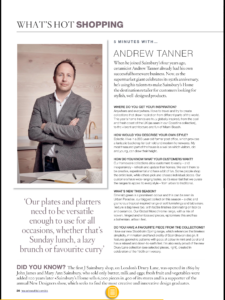
House Beautiful’s ‘5 Minutes With’ feature
4. Photo Caption
Sometimes a photo can perfectly capture a look or a theme, and will be used simply for its own eye-catching quality.
This is a tactic which has been used to great effect by the likes of Farrow & Ball. Over the years they have concentrated their efforts, not only on creating beautiful images, but on making them available to editors and journalists. The end result is that they’re the most written about and featured paint brand in the UK interiors press.
5. List articles
A list article, as you can probably guess, is a list of products or companies who fit a particular brief for a journalist.
Here is an example from realhomes.comshowcasing bathroom tiles. And here is a link to a Guardian article – a guide to eco paint – in which they name ‘five of the best’ eco-paint manufacturers.
This article is nearly TEN years old. But it’s still live, it’s one of the top results when searching for ‘eco paint’ and it still drives sales every single month.
You’ve probably seen lots of list articles online in the form of a Top Ten list, or similar.
The thing to remember here, is that if a journalist, or blogger is creating one of these lists, they can only choose their favourite out of the products they know about. So if they don’t know about you – they can’t write about you.
6. Comment
Comment pieces are more about growing brand awareness and trust than about sales.
It’s nice to be asked for a comment, because it means that your relationship with a journalist or an editor is at such a point that they have come to view you as an authority in your sector.
They may ask for some hints and tips in relation to a particular project, or for a stand-alone guide.
Most of the time the journalist will be speaking to a number of people, so it’s important to respond quickly but be insightful, offer food for thought.
Because they are speaking to different people, it means that a lot of the time you may find yourself quoted alongside a respected national or international brand. This is priceless brand association in the mind of the consumer. It sets you on a level with that brand. That you are equally reputable and trustworthy, because the journalist is mentioning you both in the same article.
7. Calendar
The calendar is your friend, and there are certain key occasions of the year which lend themselves well to homes & interiors PR activity. Keep in mind that journalists and editors want to plan as much content as possible in advance, so they rely on the calendar for theming their editorial. Events such as Wimbledon and Cowes, can bring traditional English styling to the forefront of peoples’ minds. Diwali – the festival of light – will inspire colourful features.
An Easter-inspired feature inIdeal Home
Like the fashion world, homes & interiors products have seasonal themes, some which can be tied in with events like London Fashion Week which takes place in February and September.
We have Colour of the Year announcements from Dulux and Pantone, which, while rarely prophetic, are always widely written about and are easy to piggy-back in order to achieve coverage.


